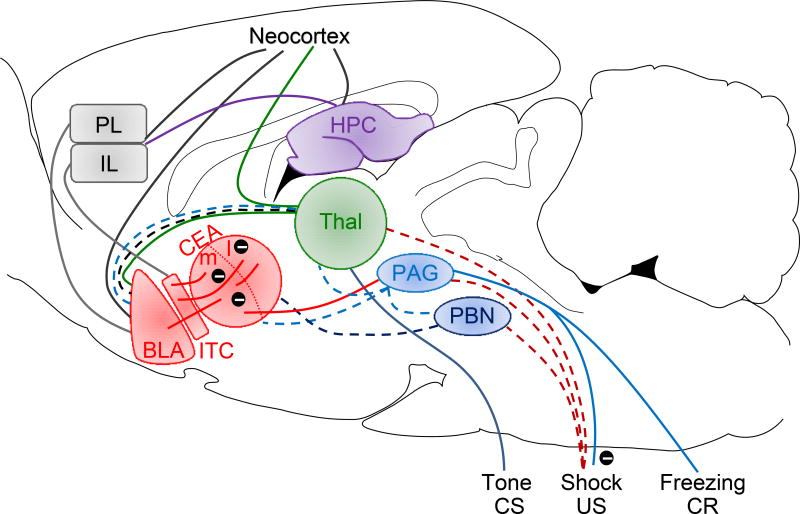Figure 2. A contemporary model of fear conditioning.
The CS and US information are relayed through their respective sensory pathways and converge in the amygdala where the crucial CS-US association formation occurs. It is further hypothesized that different CSs (e.g., tones, lights, contexts) develop association with the US (typically footshock) in distinct subnuclei of the amygdala. The long-term storage of conditioned fear memories seems to reside in different areas of the neocortex but still require the amygdala for the manifestation of fear responses. The PL and IL are thought to be involved in the expression and extinction of CRs. Abbreviations: BLA, basolateral complex of the amygdala; CEA, central nucleus of the amygdala; ITC, intercalated cells of the amygdala; PL and IL, prelimbic and infralimbic regions of the medial prefrontal cortex; HPC, hippocampus; Thal, thalamus; PAG, periaqueductal gray; PBN, parabrachial nucleus; CS, conditioned stimulus; US, unconditioned stimulus; CR, conditioned response. Encircled minus symbols represent inhibitory pathways. Reprinted from Publication “What can ethobehavioral studies tell us about the brain’s fear system” (2016) Trends Neurosci 39, 420–431, with permission from Elsevier.

